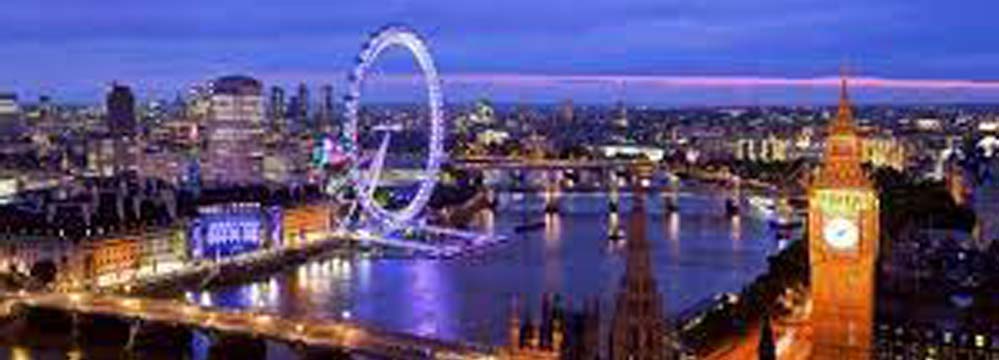The memorial consists of the mountain carving (monument), the Indian Museum of North America, and the Native American Cultural Center. The monument is being carved out of Thunderhead Mountain on land considered sacred by some Native Americans, between Custer and Hill City, roughly 8 miles (13 km) away from Mount Rushmore.
The sculpture's final dimensions are planned to be 641 feet (195 m) wide and 563 feet (172 m) high. The head of Crazy Horse will be 87 feet (27 m) high; by comparison, the heads of the four U.S. Presidents at Mount Rushmore are each 60 feet (18 m) high.
The monument has been in progress since 1948 and is still far from completion. When finished, it will be the world's largest sculpture.
History
The mountain carving was begun in 1948 by sculptor Korczak Ziółkowski, who had worked on Mount Rushmore under Gutzon Borglum in 1924. In 1939, Ziolkowski had received a letter from Chief Henry Standing Bear, which stated in part "My fellow chiefs and I would like the white man to know that the red man has great heroes, too."
The memorial is a non-profit undertaking, and receives no federal or state funding. Ziolkowski was offered $10 million from the federal government on two occasions, but he turned the offers down. Ziolkowski felt the project was more than just a mountain carving, and he feared that his plans for the broader educational as well as cultural goals for the memorial would be left behind with federal involvement.
Ziolkowski died in 1982. The entire complex is owned by the Crazy Horse Memorial Foundation. Ziolkowski's wife Ruth and their ten children remain closely involved with the work, which has no fixed completion date. The face of Crazy Horse was completed and dedicated in 1998.
Completed vision
The memorial is to be the icon of a huge educational/cultural center that will include the University and Medical Training Center for the North American Indian and the Indian Museum of North America. The current visitor complex will anchor the center.
Fundraising and events
The foundation sponsors Native American cultural events and educational programs. Annually in June, the Memorial hosts a Volksmarch, which is the only time that the public is permitted onto the mountain. Attendance has grown to as many as 15,000.
Much of the earth-moving equipment used is donated by corporations. The work on the monument has been primarily supported by visitor fees, with more than one million people visiting annually. One feature of the visitor center is a large container of rocks blasted from the mountain: Visitors are free to take these with them in exchange for a small donation.
The Memorial began its first national fund drive in October 2006. The goal was to raise $16.5 million by 2011. The first planned project was a $1.4 million dormitory to house 40 American Indian students who would work at the memorial.
Periodically there are blasting events. These are attended by thousands of people from all over the region. People wait for hours as the clock counts down, the gala ending in the spectacle of a huge number of near-simultaneous detonations, and a great tumbling of rocks and dust down the mountain.
Controversy
Crazy Horse resisted being photographed, and was deliberately buried where his grave would not be found. Ziolkowski, however, envisioned the monument as a metaphoric tribute to the spirit of Crazy Horse and Native Americans. "My lands are where my dead lie buried," supposedly said by Crazy Horse, is the intended interpretation of the monument's expansive gesture.
While Lakota Chief Henry Standing Bear believes the motives may have been sincere, many traditional Lakota and Native Americans oppose this memorial. In a 2001 interview, the activist and actor Russell Means stated his objections to the memorial: "Imagine going to the holy land in Israel, whether you're a Christian or a Jew or a Muslim, and start carving up the mountain of Zion. It's an insult to our entire being." In a 1972 autobiography, Lame Deer, a Lakota medicine man, said: "The whole idea of making a beautiful wild mountain into a statue of him is a pollution of the landscape. It is against the spirit of Crazy Horse."
Many Native Americans also believe that making the sculpture point with his finger is not historically correct. In A Study of Cultural Differences in Non-Verbal Communication Among Non-Native Speakers of English by Barbara Jane Carlisle Ed. D, Northern Arizona University (1993) Carlisle cites. "In Mexico one points with the chin, whereas American Indians and certain other people point with the lips.” (Eisenberg & Smith 1971)



No comments:
Post a Comment